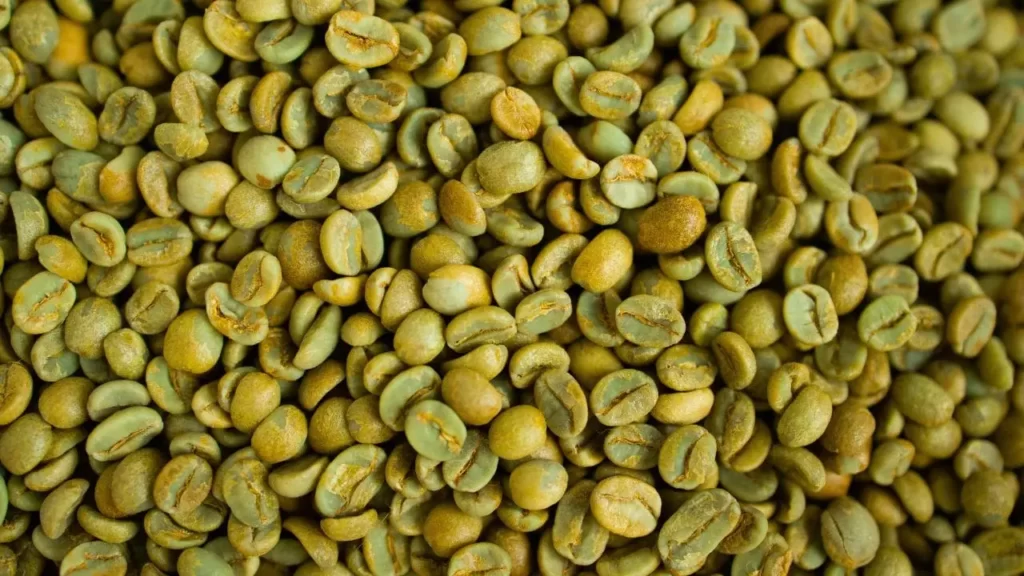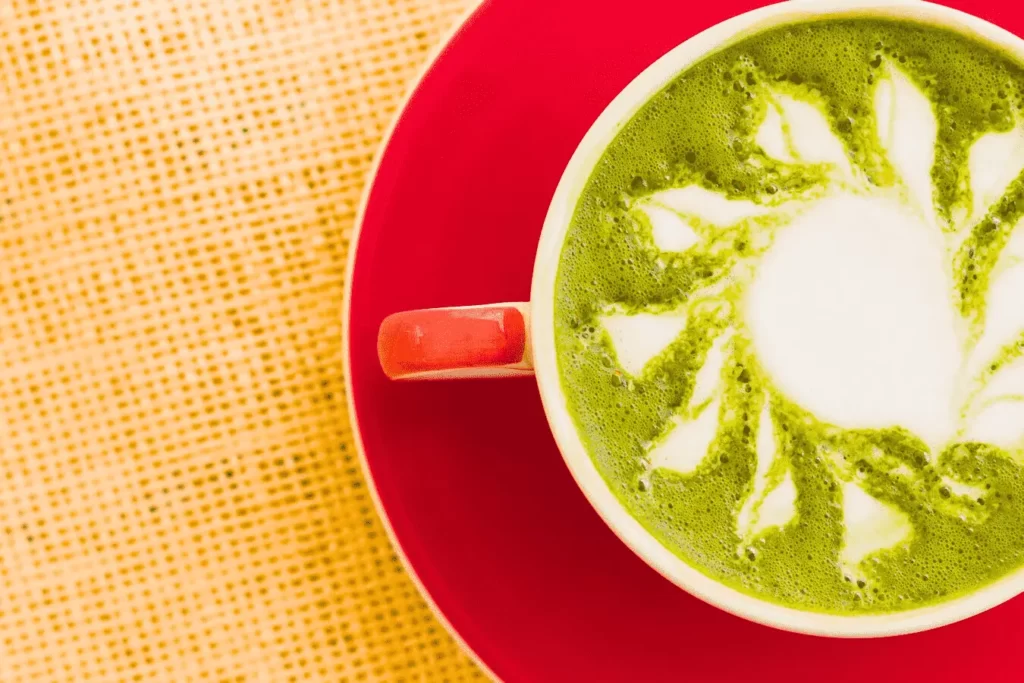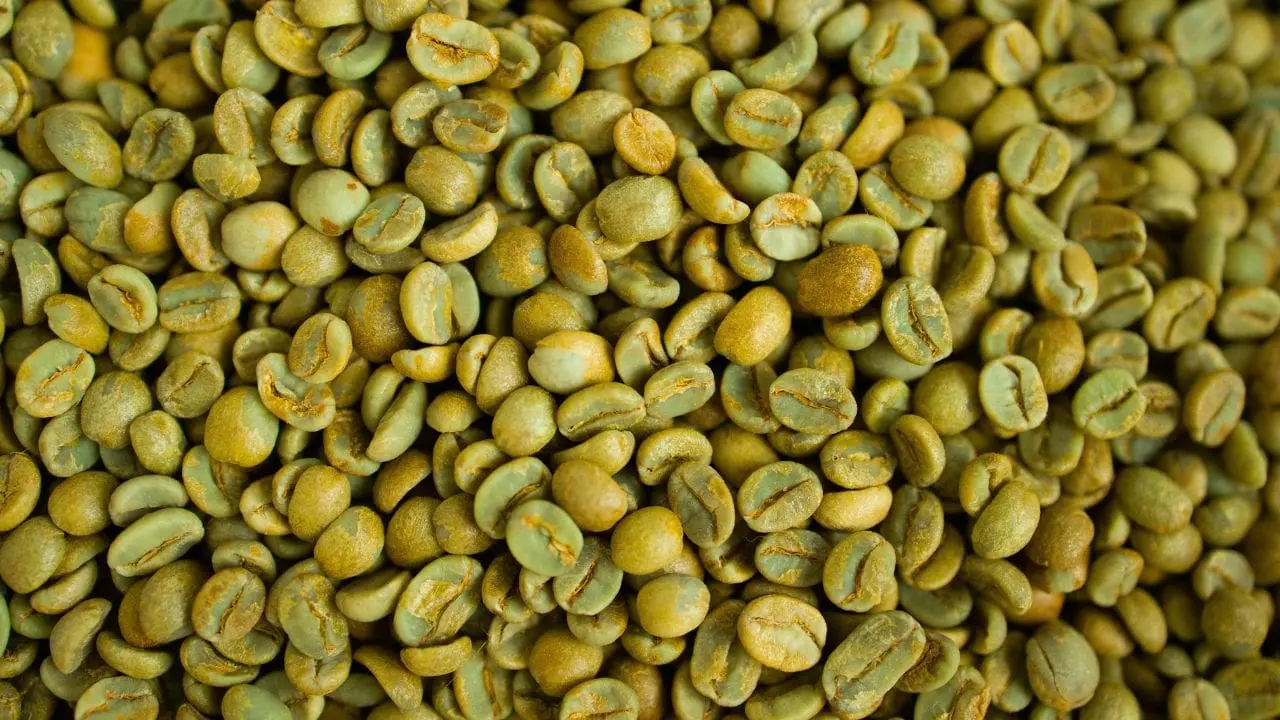For coffee enthusiasts and specialty coffee roasters, the freshness and quality of green coffee beans are of paramount importance.
The journey from farm to cup involves various stages, and the longevity of green coffee beans greatly impacts the flavor and aroma of the final brewed coffee.
In this blog post, we will explore in-depth the factors that influence the shelf life of green coffee beans, understand the concept of “past crop” coffee, and discuss various storage methods to ensure the beans retain their optimal freshness for as long as possible.

Table of Contents
What Are Green Coffee Beans?
Green coffee beans are the raw, unroasted seeds of the coffee cherry. They are green in color and have a very mild, grassy flavor.
Green coffee beans contain high levels of chlorogenic acid, a compound that has been shown to have a number of health benefits, including weight loss, blood sugar control, and improved heart health.
Green coffee beans can be roasted to produce the familiar brown beans that we use to make coffee.
The roasting process changes the flavor and aroma of the beans, and also reduces the chlorogenic acid content.
There are a few reasons why people might choose to drink green coffee instead of roasted coffee.
Some people believe that the chlorogenic acid in green coffee beans has more health benefits than the roasted beans. Others simply prefer the mild, grassy flavor of green coffee.

You can also read about the 22 best enzyme coffee for weight loss.
How Long Do Green Coffee Beans Last?
Green coffee beans have a shelf life of about 6 to 12 months if stored properly.
The shelf life refers to the period during which the beans maintain their optimal freshness and flavors.
As a general rule, most specialty coffee roasters consider green coffee to be fresh for six to twelve months from the time of harvest.
During this period, the beans possess vibrant flavors, unique characteristics, and desirable acidity, making them ideal for roasting to produce exceptional coffee.
However, as the year mark passes and a new harvest arrives, the older green coffee beans are labeled as “past crop.”
This term is commonly associated with undesirable flavor notes that can resemble cereal-like or aged characteristics.
“Past crop” coffee may lack the vibrancy and complexity found in fresher beans, leading to potential challenges in the roasting process and affecting the final cup of coffee.

Factors Affecting the Longevity of Green Coffee Beans
Several key factors influence the shelf life of green coffee beans:
- Origin and Processing: The geographical region where the coffee is grown and the processing methods employed play a significant role in determining the beans’ shelf life. Coffees from certain regions with favorable growing conditions and meticulous processing may have a longer shelf life due to slower maturation and reduced exposure to moisture.
- Moisture Content: The moisture content of green coffee beans is a crucial factor in preserving their freshness. Proper drying and processing techniques are essential to ensure the beans reach an appropriate moisture level (usually between 10% to 12%) before packaging. Excessive moisture can lead to mold growth and degradation of the beans’ quality.
- Packaging: High-quality, airtight packaging is vital for preserving the freshness of green coffee beans. Specialty coffee roasters often use bags with one-way valves to release excess carbon dioxide while preventing oxygen from entering the package. This helps to maintain the beans’ aromatic compounds and flavors.
- Storage Conditions: Proper storage conditions are critical to extending the shelf life of green coffee beans. Factors such as temperature, humidity, exposure to light, and air circulation can significantly impact the beans’ freshness and overall quality.
Understanding “Past Crop” Coffee
As green coffee beans age beyond the recommended shelf life, they become “past crop” coffee.
The term does not imply that the coffee is spoiled or unsafe to consume; rather, it signifies that the beans have passed their peak freshness and may develop flavor notes that are less desirable for specialty coffee roasting.
The flavor characteristics associated with “past crop” coffee can vary depending on the origin and processing of the beans.
Some common attributes include muted acidity, diminished sweetness, and subtle flavor nuances that may not align with the roaster’s intended profile.
How Do You Store Green Coffee Beans to Maximize Their Shelf Life?
To maximize the shelf life of green coffee beans and preserve their freshness, it is essential to follow proper storage practices.
Green coffee beans are sensitive to various environmental factors, so taking care to create the right storage conditions will ensure that the beans maintain their optimal flavors and aromas for an extended period.
Here’s how to store green coffee beans effectively:
- Use Airtight Containers: Transfer the green coffee beans from their original packaging to airtight containers with secure lids. Airtight containers help prevent oxygen from coming into contact with the beans, which can lead to oxidation and degradation of the coffee’s quality.
- Choose a Cool and Dark Location: Store the airtight containers of green coffee beans in a cool, dry, and dark place. Avoid areas near sources of heat or direct sunlight, as elevated temperatures can accelerate the aging process and diminish the coffee’s flavor and aroma.
- Protect from Moisture: Green coffee beans can absorb moisture easily, leading to mold growth and deterioration of the beans’ quality. Ensure the storage area has low humidity, and avoid exposing the beans to any moisture sources.
- Avoid Exposure to Light: Keep the green coffee beans away from direct light, as light exposure can lead to the breakdown of compounds and a loss of freshness. A dark storage area is ideal for preserving the beans’ flavor and aromatic qualities.
- Limit Air Circulation: Minimize the exposure of the green coffee beans to moving air, as constant air circulation can lead to moisture exchange and oxidation. A stable storage environment with limited air movement is ideal for preserving the beans.
- Do Not Freeze Green Coffee Beans: Unlike roasted coffee beans, it is generally not recommended to freeze green coffee beans. Freezing can cause moisture absorption, leading to potential damage to the beans and altering their flavor profile.
- Monitor the Shelf Life: Although green coffee beans have a longer shelf life compared to roasted beans, it is still essential to keep track of their age. As a general rule, most specialty coffee roasters consider green coffee to be fresh for six to twelve months from the time of harvest. Beyond this period, the beans may begin to develop “past crop” flavors.
By following these storage guidelines, coffee enthusiasts and specialty coffee roasters can ensure that green coffee beans remain in prime condition for an extended period.
Properly stored green coffee beans will provide the foundation for roasting and brewing delicious, high-quality coffee with distinct flavors and aromas.
Signs of Deteriorating Green Coffee Beans
Knowing the signs of deteriorating green coffee beans is essential to avoid using beans that have lost their freshness and flavor.
Here are some indicators that your green coffee beans may have surpassed their prime:
- Loss of Aroma: Fresh green coffee beans emit a delightful fragrance with subtle hints of their inherent flavors. If your green coffee beans lack aroma or smell off, it’s a sign of deterioration.
- Mold and Discoloration: Mold growth or discoloration on the green coffee beans is a clear indication that they have become spoiled and should not be used.
- Increased Moisture: If you notice any increase in moisture content or the beans feel damp, it’s a sign of improper storage and potential spoilage.
- Faded Color: Fresh green coffee beans usually have vibrant, rich color tones. Fading or dulling of the beans’ color can suggest a loss of freshness.
Related FAQs:
Yes, green coffee beans can go bad if they are not stored properly.
The shelf life of green coffee beans is about 6 to 12 months if stored in a cool, dark place.
However, the flavor and aroma of the beans will start to decline after about 6 months.
For the best flavor, it is recommended to roast and use the beans within 6 months of purchase.
There are a few ways to tell if green coffee beans are bad. One way is to look for signs of spoilage, such as mold or a sour smell.
Another way is to taste the beans. If they taste stale or bitter, they are probably bad.
Yes, you can freeze green coffee beans. Freezing will help to extend their shelf life for up to 2 years.
However, it is important to note that the flavor and aroma of the beans may not be as good after they have been frozen.
There are a few benefits to storing green coffee beans.
First, it allows you to have a fresh supply of coffee beans on hand at all times.
Second, it allows you to experiment with different roasting profiles.
Third, it can save you money in the long run.
Conclusion
In conclusion, the freshness and shelf life of green coffee beans significantly impact the quality of the final brewed cup.
As a general rule, specialty coffee roasters consider green coffee to be fresh for six to twelve months from the time of harvest.
Beyond this period, the beans may be labeled as “past crop” and can develop less desirable flavor notes.
Proper storage practices, such as using airtight containers, storing in a cool and dark location, and utilizing nitrogen flushing and vacuum sealing, are essential for maximizing the longevity of green coffee beans.
By implementing these methods, coffee enthusiasts and roasters can savor the unique flavors and aromas of high-quality specialty coffee for an extended duration, ensuring a delightful coffee experience with each brew.

